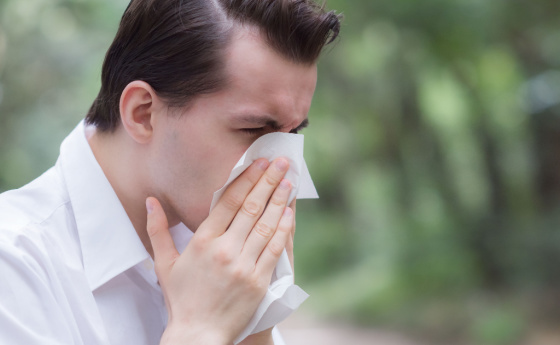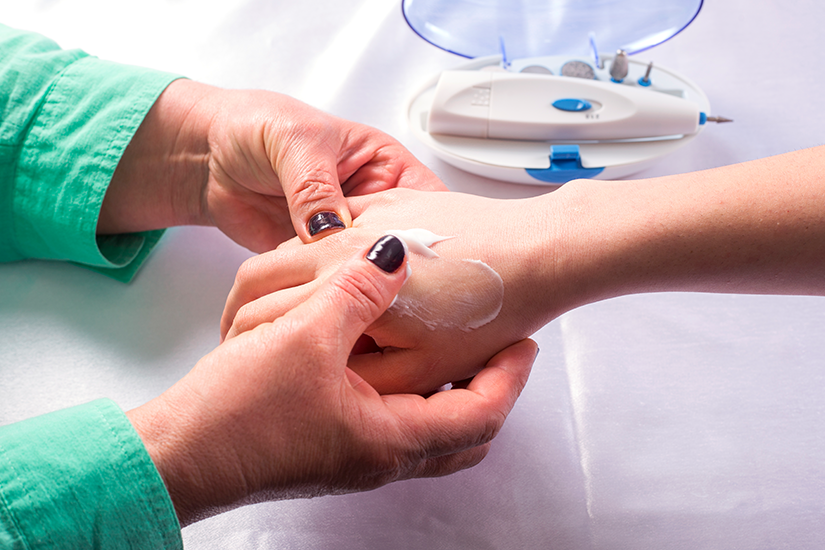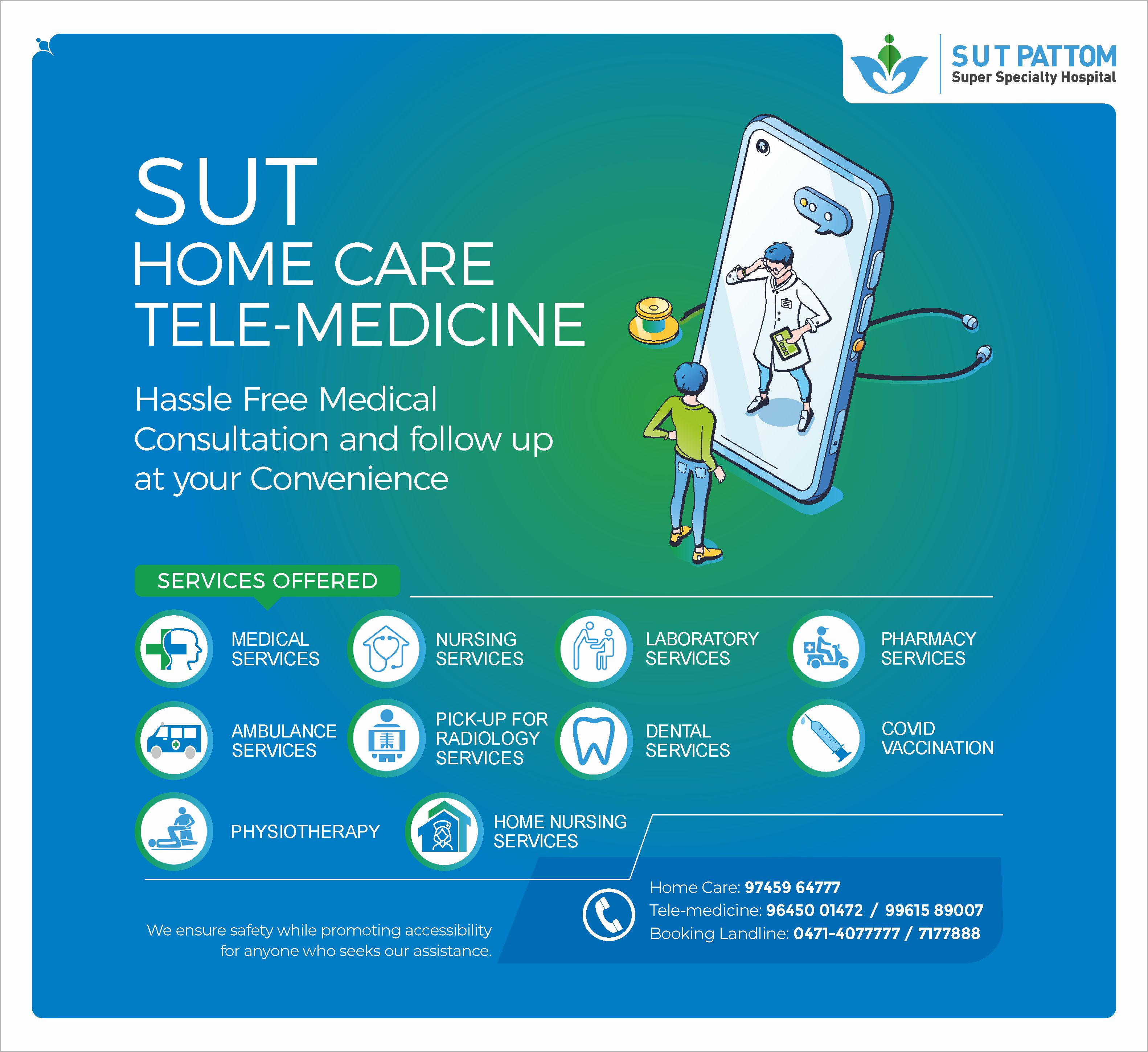- Emergency Ambulance Services
- 8606811111
- 0471-4077777, 0471-7177888
- gro@sutpattom.com
Common monsoon diseases and Preventive measures
Dr. Hemalatha P, Consultant in Medicine, SUT Hospital, Pattom
The monsoon season is a time of many infectious and other animal borne diseases. Let us get acquainted with some of them, their symptoms and treatment.
- Waterborne diseases
- Mosquito-borne diseases
Diarrhoea – Commonly known as acute diarrhoeal disease, it can be caused by a virus, a variety of bacteria (salmonella, E. coli, and other parasites (amoeba)) that can be transmitted from one person to another through drinking water or food.
It appears with symptoms such as diarrhoea, abdominal pain, vomiting and fatigue which last for 2-3 days. Symptoms may include blood in stools, excessive fatigue, and loss of consciousness. These may be symptoms of severe diarrhoea.
Diagnosis tests includes blood tests and stool tests. Antibiotics are used to treat bacterial diarrhoea and typhoid. For diarrhoea caused by a virus, dehydration treatment alone is sufficient.
(a) Dengue and malaria are the major mosquito-borne diseases found in Kerala. The mosquitoes that transmit dengue fever belong to the genus Aedes aegypti. Dengue viruses enter the human body from the mosquitoes, which lay their eggs in freshwater reservoirs. Dengue fever can be found in humans in a different levels of severity, including fever, headache, back pain, severe arthritis, and haemorrhage (in skin and internal organs) caused by low blood platelet counts, which can cause dengue shock syndrome.
Diagnosis involves the use of tests such as the Liver Function Test and the Kidney Function Test, which measures the level of white blood cells and platelets in the blood and the function of other organs, as well as antigen antibody tests that detect the presence of the virus. One of the symptomatic treatments is to cure the disease within a week and a half. Vaccines are not available to prevent this disease.
(b) Malaria is not a common mosquito borne disease in Kerala. It can be found among the people who come and live from the northern states. Due to damage to red blood cells, malignant malaria can also affect many parts of the body, for example the brain, lungs, kidneys, and liver. The disease is transmitted by Anopheles mosquitoes. Anti-malarial drugs are used for treatment.
(c) Other animal borne diseases such as Leptospirosis and Scrub typhus can also be transmitted from animal to human during the monsoon season through contaminated water. Leptospirosis is a disease that can enter the human body through water contaminated with urine of rats. Symptoms of leptospirosis include fever, jaundice, kidney and liver failure, and other ailments. It can further affect those who work in sewage. The disease is treated with antibiotics. If the organ system is dysfunctional, it may take 4 – 6 weeks for the disease to heal. Environmental and personal hygiene are the key to prevent these diseases.
Preventive measures
- Use boiled and cooled fresh water for drinking. Wash and clean fruits and vegetables before use. Avoiding foods and fruit juices prepared under unhygienic conditions are the ways to get rid of diarrhoea.
- Avoid situations that promote mosquito breeding to protect against mosquito-borne diseases. That is, make hygiene a habit. Mosquito net and Mosquito repellents can be used for personal hygiene purpose.
- People who work in contact with sewage should use safe methods to prevent infection. Medications such as doxycycline should be taken as directed by a health professional to prevent the disease.
By following these prevention methods we can live an infection free life during monsoon season.









